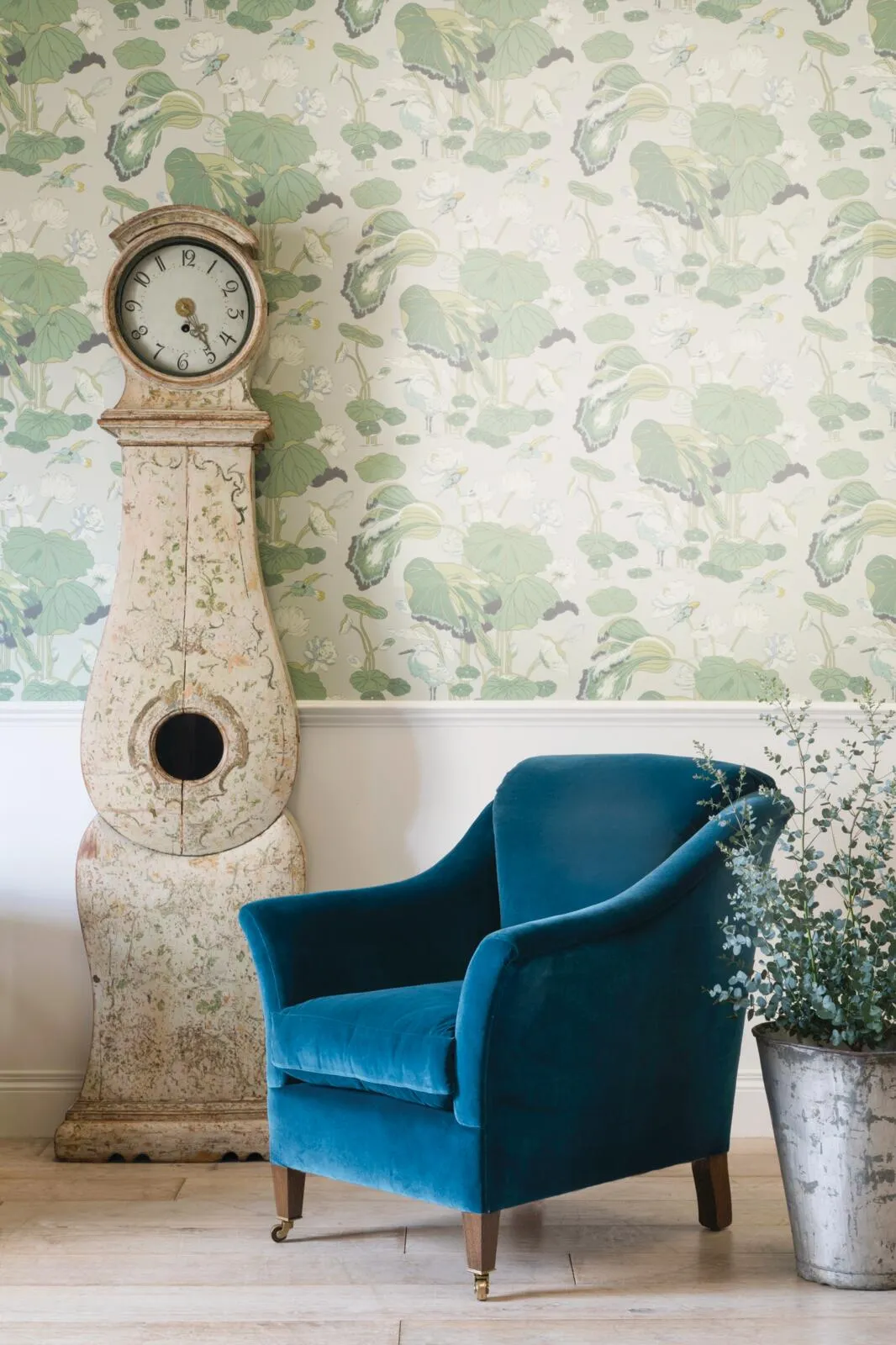With their soft patina and curved form, Mora clocks are the embodiment of romantic Gustavian design, and are hugely popular among collectors in both the UK and the USA. But how did these ornate timepieces – crafted by rural farmers to supplement their income – become the ultimate cottage industry and find themselves in Sweden’s grandest homes? It all comes down to craftsmanship…
Want to learn more about the history of art but not sure where to start? We've made a list of the best art history and appreciation courses and lectures available online.
When were Mora clocks invented?
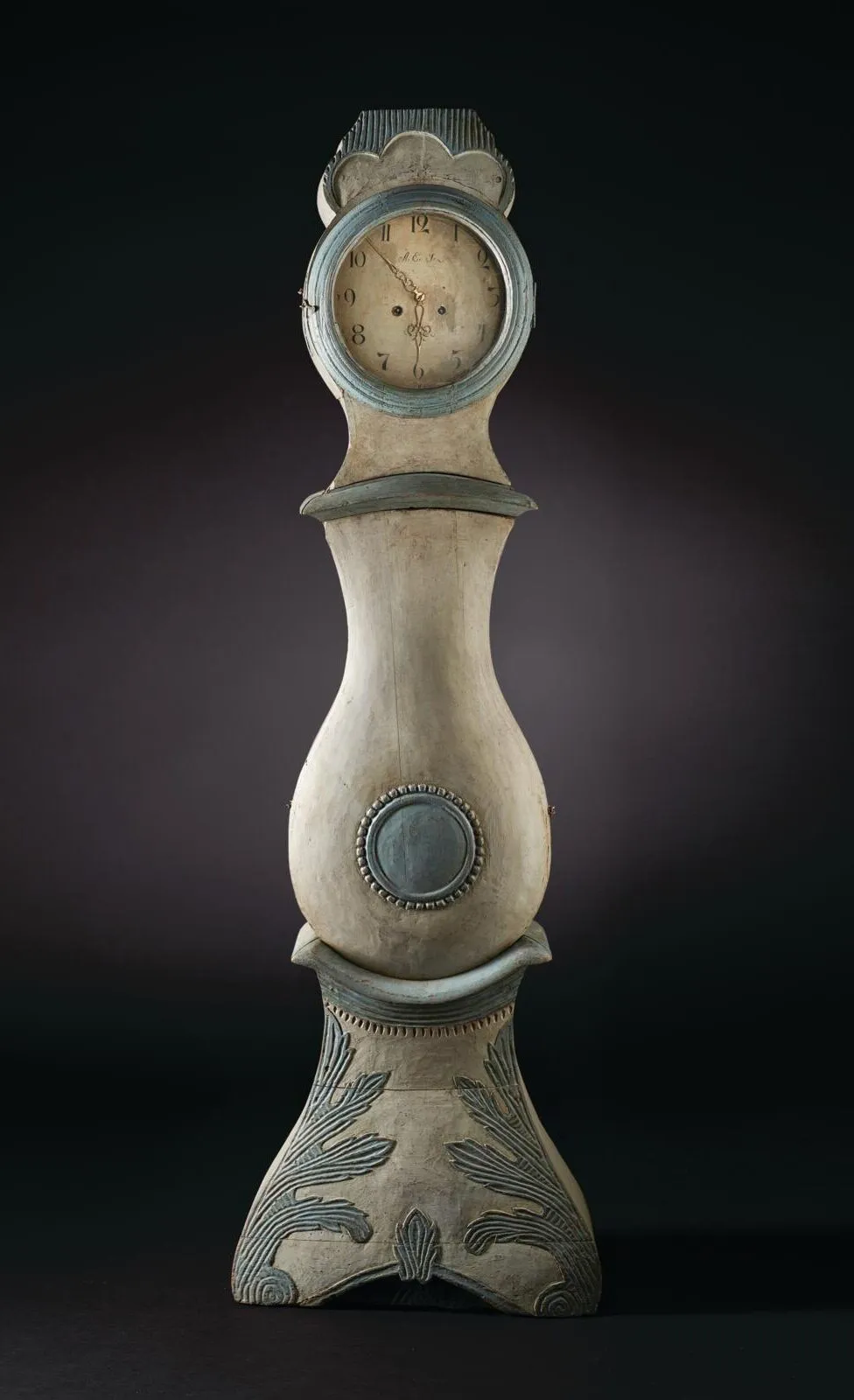
If you were a well-to-do family in 18th or 19th-century Sweden, a handmade Mora clock (named after the area from which they originated) was the ultimate status symbol. It would sit proudly in a hallway or living space, and the whole family would gather on a Sunday evening to wind the mechanism. And then, when the time came, this important household item would be passed down to the next generation – who would often repaint it, and carve their initials on the inside of the case.
‘Some antique Mora clocks track the history of an entire family,’ explains Richard Roberts, owner of dealership Gustavian and a specialist in these decorative timepieces. ‘I think that’s why people love them so much.’
The first Mora clocks were made in the 1700s, with a stylish curved body and rounded feet that echoed the fashionable Louis XV designs popular in France. They were made to order, with elaborate, carved designs reserved only for the wealthiest customers. While white clocks are common – ‘White paint came from a plentiful crushed mineral,’ explains Richard – blue decorative details were rare, as paint could only be obtained from expensive ultramarine pigment.
You might also like how to set up a longcase clock
Mora clocks made in Sweden
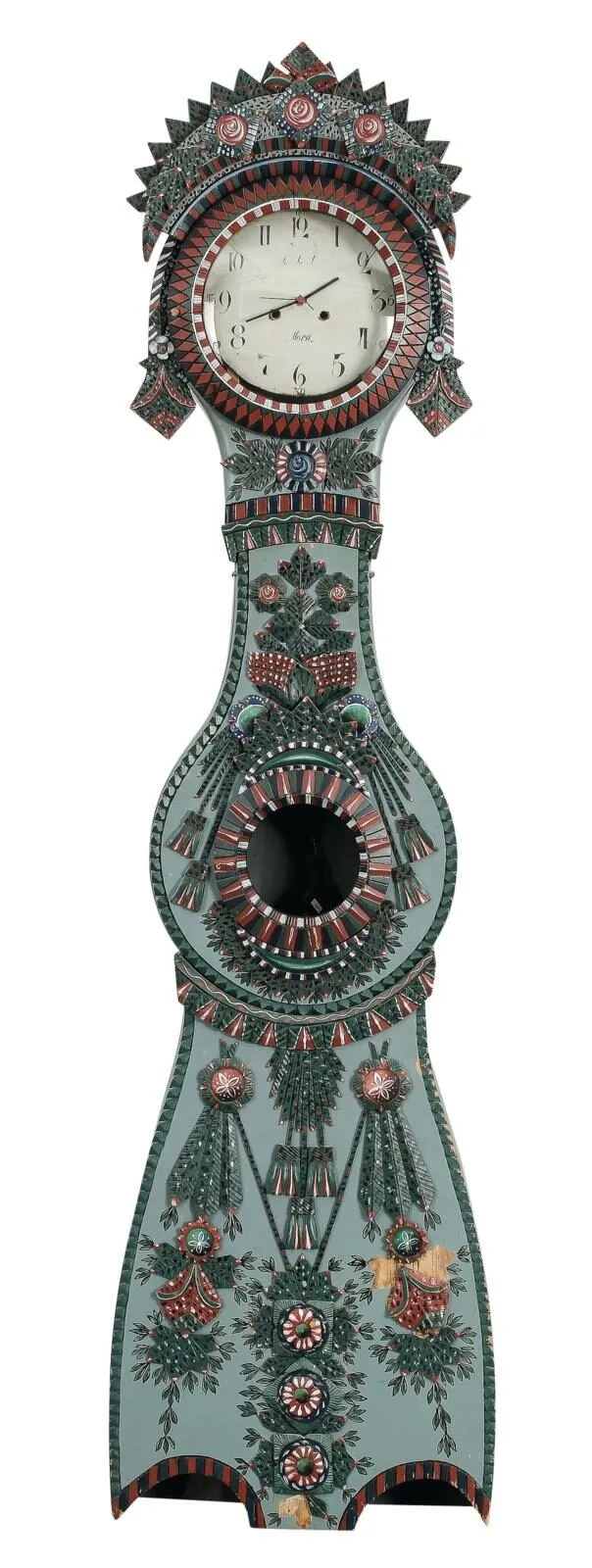
In the latter 1700s an economic disaster hit Sweden. Drought and famine ravaged the landscape, forcing rural farmers to abandon their dying crops and move to Stockholm in search of work. While there, many of them turned to the craft of clock making to earn a crust – a skill they took back to their villages once the hard time had passed. Although they continued to farm throughout the summer, in the winter – when the ground was too hard to plough – the farmers returned to making clocks.
And in Mora, a city in Sweden’s Dalarna province, it was a craft that flourished. ‘Clock making was a communal effort,’ Richard says. ‘The local carpenter would build the body, the farmer would create the mechanism and then someone would paint the clocks to order.’ This artisan industry lasted for around 80 years, before it became cheaper to import clocks.
Buying Mora clocks
‘The key thing about Mora clocks is the mechanism,’ explains Richard. ‘They’re fairly basic in form, but often complicated for clocksmiths to work with – so it can cost between £350 and £500 to get an original mechanism working again.’
However, an original mechanism will ensure that a clock holds its value, and it is worth investing in the work of a clocksmith, rather than swapping out the original workings for a battery-operated system.
Check the clock face
‘On the face of the clock, you will usually find the name of the village that the clock was made in, along with the initials of the maker,’ says Richard. The first recorded maker of a Mora clock was Krång Anders Andersson, who used the initials AAS Mora (for Anders Andersson & Sons).
However, Richard warns that buyers should be wary of online sellers painting these initials on newer or reproduction clocks. ‘Genuine clocks shouldn’t look too fresh,’ he says. ‘Those with authentic paint hold their value, so look for clocks that are worn in parts.’ Typically, the right price to pay for an original Mora clock is between £1,200 and £2,500.
You might also like a clockmakers' grade II-listed village rectory
How to style Mora clocks
Create a display
Make a decorative statement at home by positioning an antique Mora clock beside a gallery-wall-style display of timepieces from different eras. Just keep an hour spare for turning all of the clocks back in the autumn…
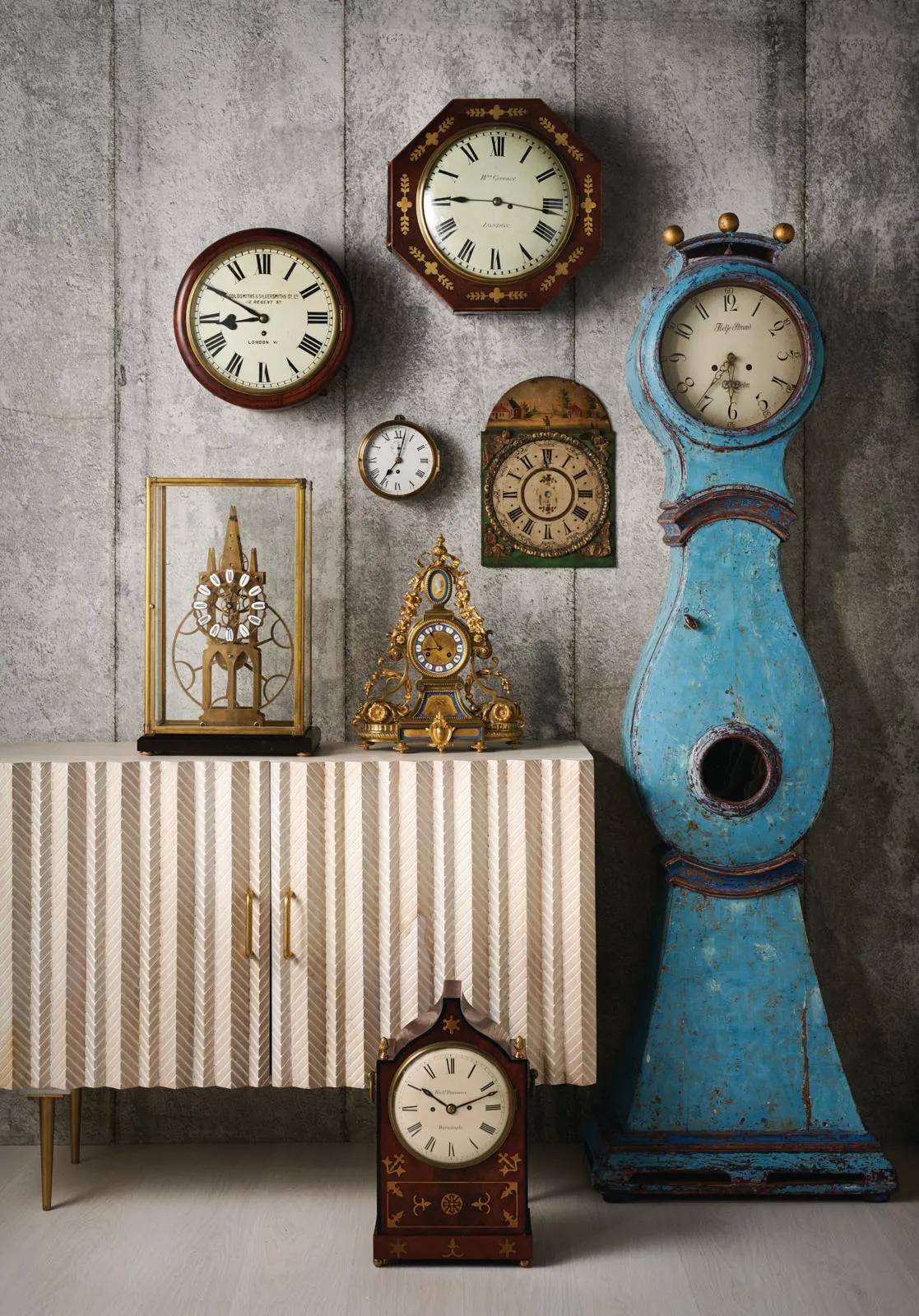
Keep it neutral
The soft patina and rough finish of an antique Mora clock is part of the appeal, and also means that it lends itself perfectly to a pared-back scheme of white, beige and cream. A flourishing plant lends an organic touch.
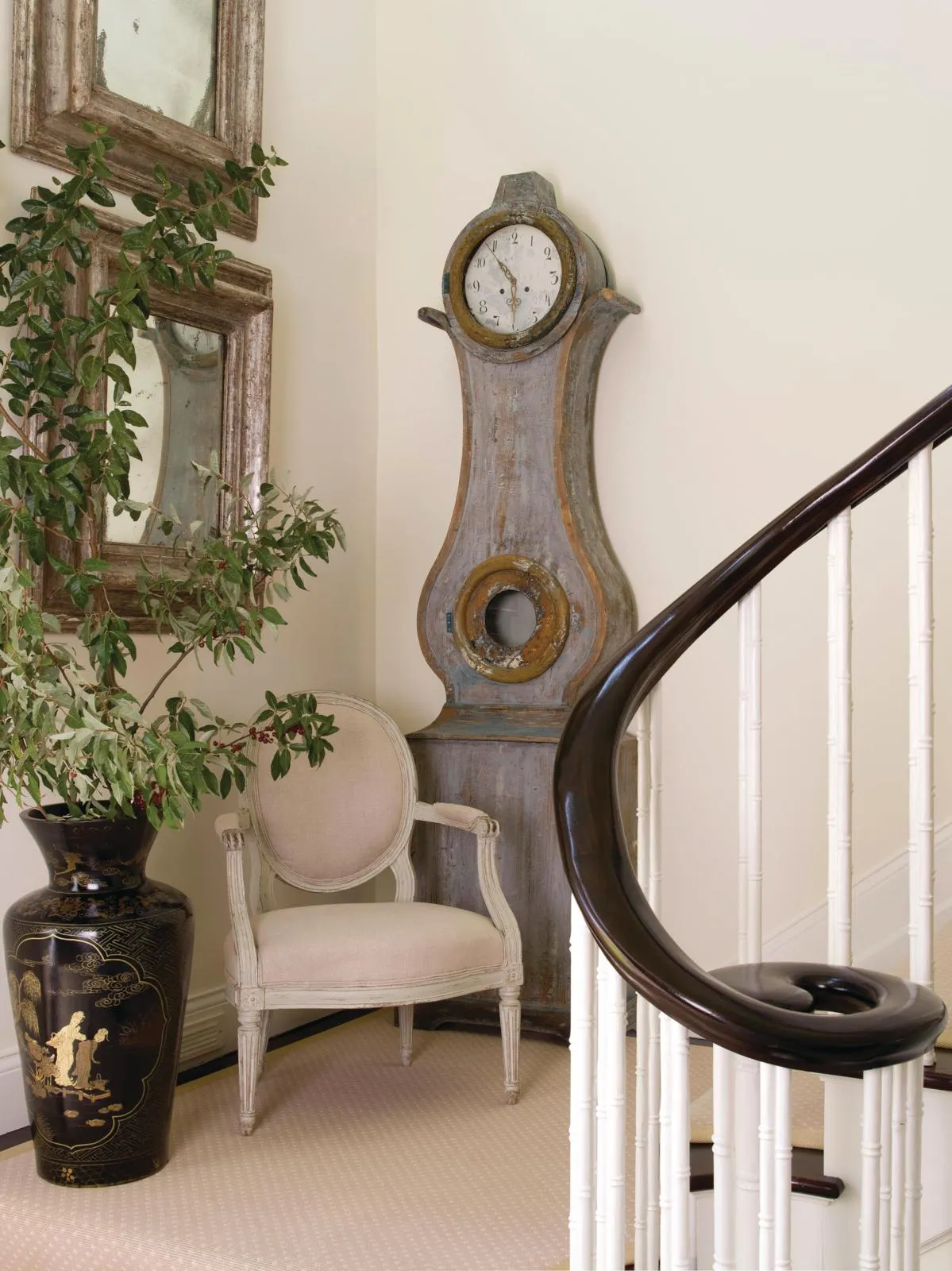
Traditional touches
Mostly crafted during the late 18th century, Swedish Mora clocks look striking alongside antiques from a similar era. In this restored German farmhouse, a decorative clock sits beside antique serveware and a worn Gustavian table.
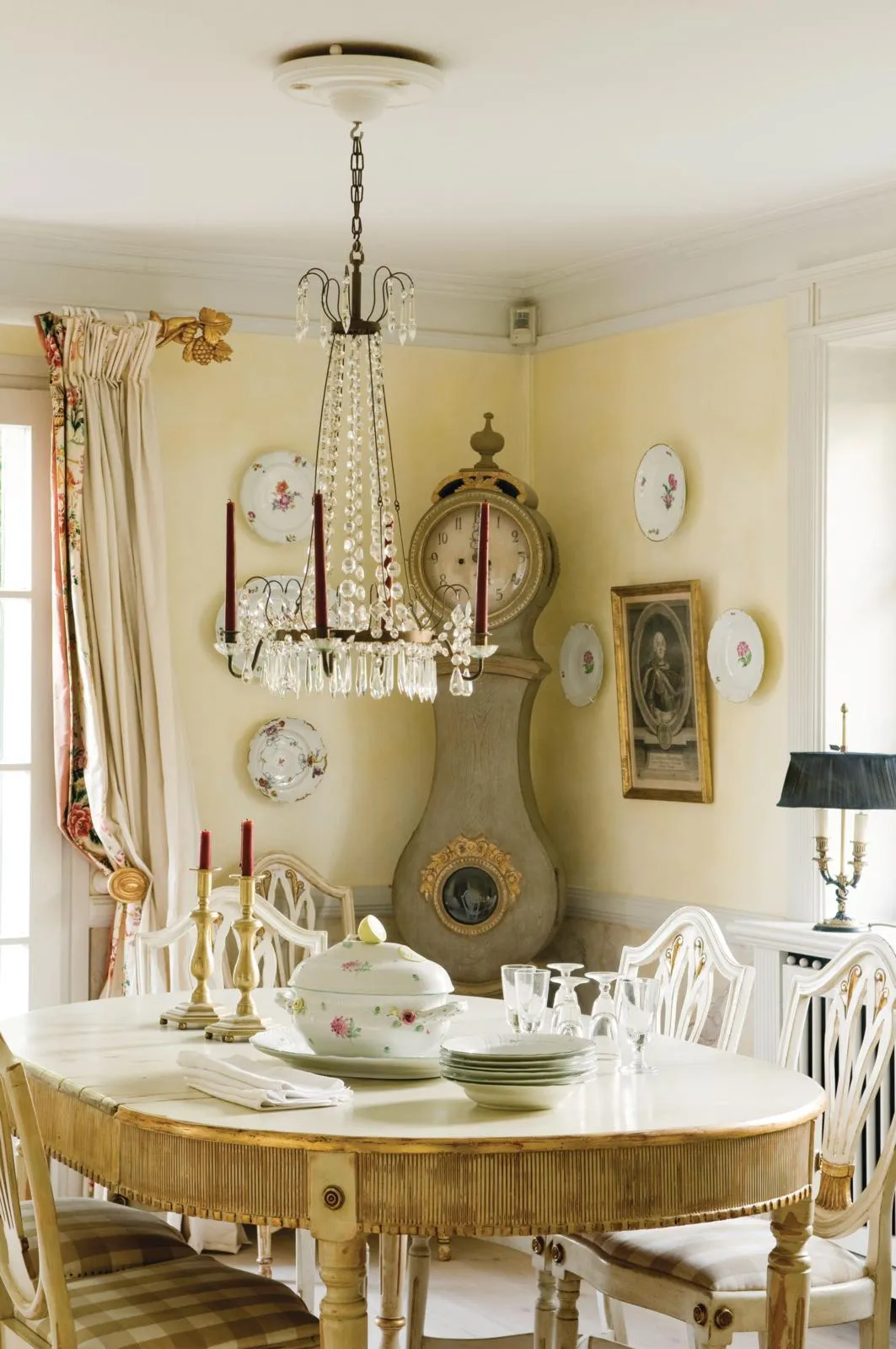
Pair with pattern
Tetbury-based antiques dealer Lorfords has a regular stock of Swedish Mora clocks. The weathered finish on this piece looks enchanting alongside patterned wallpaper and this luxe petrol-hued velvet chair.
